Upon reaching the age of two years, a child is officially defined as a toddler – this unique phase brings with it a steep learning curve as well as much joy and a great many challenges for the primary carers. From two to three years, there are a number of milestones for the toddler to reach, language becomes more sophisticated and the toddler is able to understand a wider range of vocabulary and begin to form more coherent sentences, which may range from simple requests to observations and further interaction with others.
During this phase, the two-year old also becomes increasingly more independent, becoming aware that they do not need their parent’s help to do absolutely everything - demonstrating their own wishes and desires and wanting to explore and understand the world.

Key Developmental Milestones
At the age of two the average child should be able to reach the following milestones:
Physical
- Throw a ball overhead
- Run and climb
- Stand on tiptoe
- Walk alone
- Walk pulling toys behind
- Push toys in front
- Walk up and down stairs holding on for support
- Use building blocks
Cognitive
- Begin to sort objects by colour and shape
- Engage in make-believe play/role play
- Able to look for and find hidden objects
- Identify items in a book
Language
- Form sentences
- Repeat words heard in a conversation
- Recognise and identify names of objects, people, places and body parts
Emotional
- Increasingly aware of their independence
- Enjoys the company of other children, plays alongside them and starts to begin interactive play
- Demonstrates defiant behaviour, doing what they have been told not to do. Having a tantrum when things don’t go their way
- Copies the behaviour of others including adults and other younger children
Development varies for each child – some children may be faster or slower with some skills than with others. However, if a child is not meeting major milestones and there appear to be developmental delays, it is a good idea to discuss these with a qualified health professional.

How Do Toys Help?
Whilst this is an incredibly exciting phase, it can also be worrying for parents as two-year olds lack common sense and have little judgement. Creating a safe play environment however, which allows children to recreate real-life situations through their play, via role play, such as at the supermarket etc. can help children to gain confidence, awareness and to better understand interactions as well as what socially acceptable and unacceptable behaviour.
Main Advantages
There are many things which can be learnt through play, both physically, cognitively and emotionally – play can help to improve dexterity, balance, coordination, problem-solving techniques, creative thinking as well as learning how to share and so forth.
Children of this age seek to become more creative during play as well as their everyday life and routine. Providing toys offers a type of structured activity, enabling them to explore their creativity in a controlled environment, helping to tame any creative outbursts which may result in the decoration of walls and furniture with colouring pens!
Tantrum Distraction
Often, one of the most frequently cited characteristics of this developmental phase is the notorious tantrum. These occur for a number of reasons, the two year old may feel frustrated at not being understood (not having sufficient language tools to be able to express themselves), other factors may include not getting their own way, fatigue, hunger or being over-whelmed etc. Toys and structured play provide a good deterrent and distraction, which can serve to deescalate possible tantrums by distracting away from the trigger of the tantrum.

Types of Toys
A good toy should be able to do the following
- Give the child confidence
- Engage imagination and creativity
- Improve dexterity
- Support language development
- Enhance problems solving skills
- Provide fun and entertainment!
Safe Play
There are numerous different types of toys available on the market and although toys bring with them a great range of benefits, at this age, play should always be supervised by a responsible adult to avoid any type of accidental injuries – all new toys should also be thoroughly checked by a parent or carer for any signs of damage or fragility.
Any reputable brand of toy manufacturer will provide a label stating which age range the toy is appropriate for – a decent toy manufacturer will know what is safe and what isn’t for different age ranges, making it therefore important to follow their advice.
Toys designed for children age two years plus are safe for this age range but not necessarily for younger children and should be kept away from younger children and babies. If the toy has small parts or long pieces of string or other fabrics, a baby may try to swallow them or choke on them – it is essential for parents and carers to remain vigilant and regularly check cohabited play areas for age appropriate toys.

Pounding Toy
An infinitely popular toy, when one part of the pounding toy is bashed down with some sort of instrument, another part of the toy pops up in a different place – helping the two year old to improve dexterity and coordination.

Building Blocks
Building blocks assist learning through play and are inspired by the natural world around. This type of toy is designed to develop the senses with different layers of sounds, shapes and weights – all of which will help to stimulate and engage the mind of a two-year old.

Wooden Blocks
This type of toys includes letters and numbers throughout the design, this is helpful in assisting in both letter and number recognition and stimulating language development and counting practice. This type of toy should offer clear and easy number recognition. The ABC blocks help to build confidence, develop dexterity and colour recognition.

Daily Life Toys
Play with items recognisable from everyday life is a great way of encouraging role play and keeping a two-year old entertained – such toys may include food items, sharing food such as tarts and pies, cakes, ice creams etc. play kitchens and play houses may prompt the two-year old to mimic every day activities they see in the home such as cooking, cleaning and washing. Or roleplay may be related to shopping activities such as in the marketplace, the supermarket or another location. Other popular themes include playing doctors and nurses, being a firefighter, a police officer or a postman etc. A child’s imagination at this age will be becoming increasingly vivid and respond well to such types of toys as they stimulate creative imagination, social and language development as well as social play.
Safe Play
There are numerous different types of toys available on the market and although these can bring with them a great range of benefits, at this age, play should always be supervised by a responsible adult to avoid any type of accidental injuries, and all new toys should also be thoroughly checked by a parent or carer for any signs of damage or fragility before being handed to a child.
Any reputable brand of toy manufacturer will provide a label stating which age range the toy is appropriate for – a decent toy manufacturer will know what is safe and what isn’t for different age ranges, this is important advice which should be followed.
Toys designed for children age two years plus are safe for this age range but not necessarily for younger children and should be kept away from younger children and babies. If the toy has small parts or long pieces of string or other fabrics, a baby may try to swallow them or choke on them – it is essential for parents and carers to remain vigilant and regularly check cohabited play areas for age-appropriate toys.

Our Toys
Le Toy Van is a family orientated company which specialises in the design and manufacture of ethical and sustainable wooden toys, helping to provide young children and babies with fun and entertainment as well as supporting the developmental phases. Our award-winning toys are specifically designed to encourage and support the developing senses and are packed with layers of discovery for young and growing minds and imaginations. For more information on our products, please don’t hesitate to get in touch today.

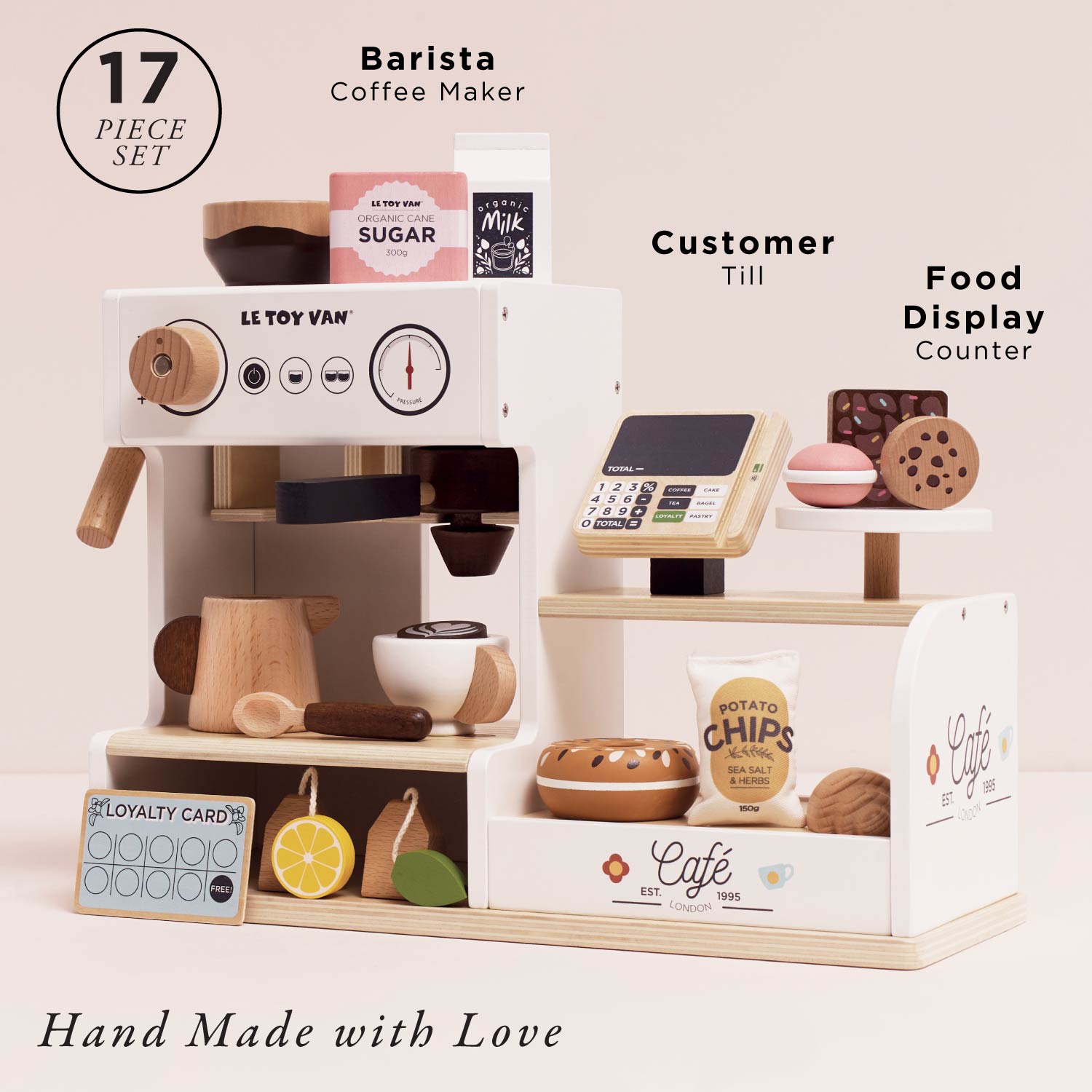
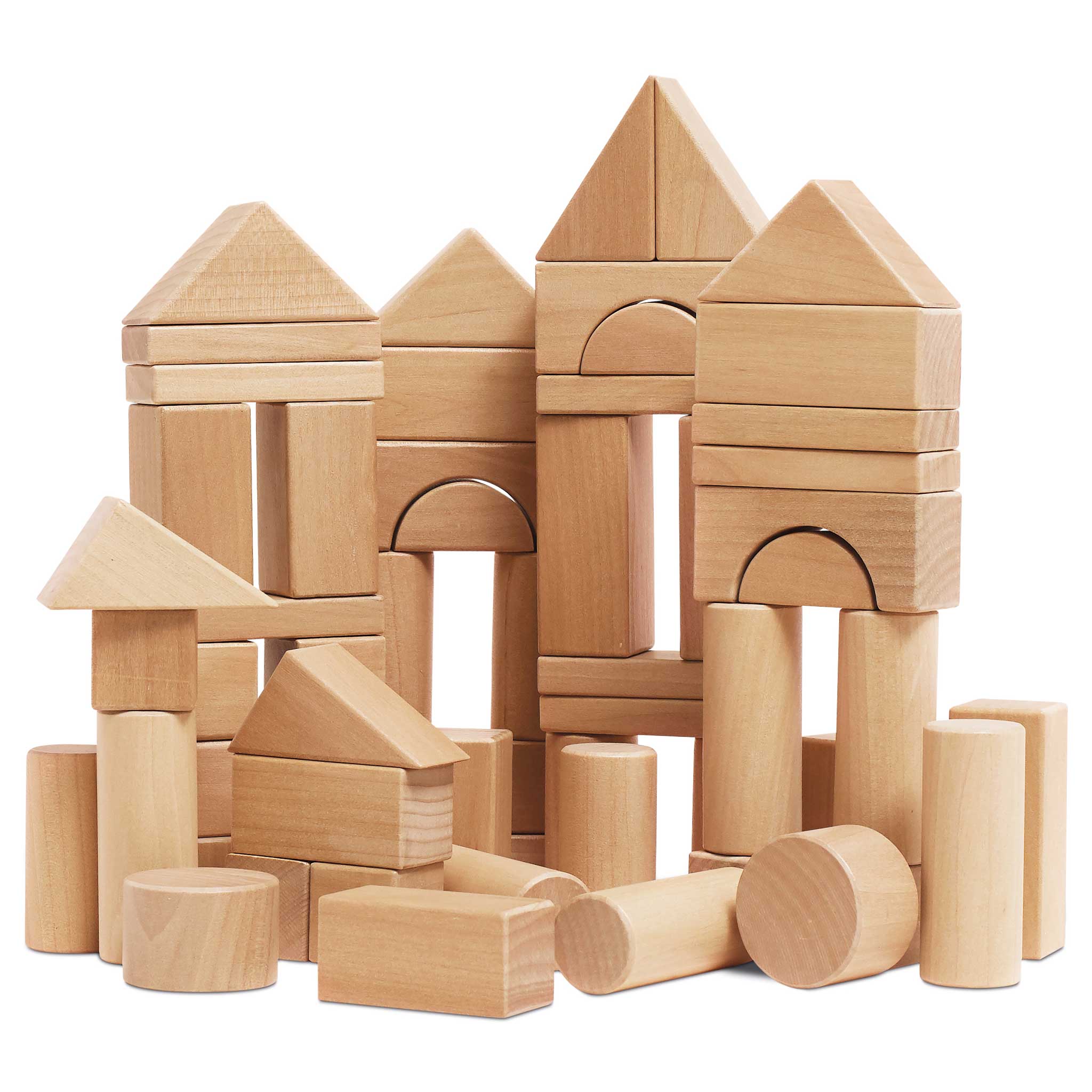


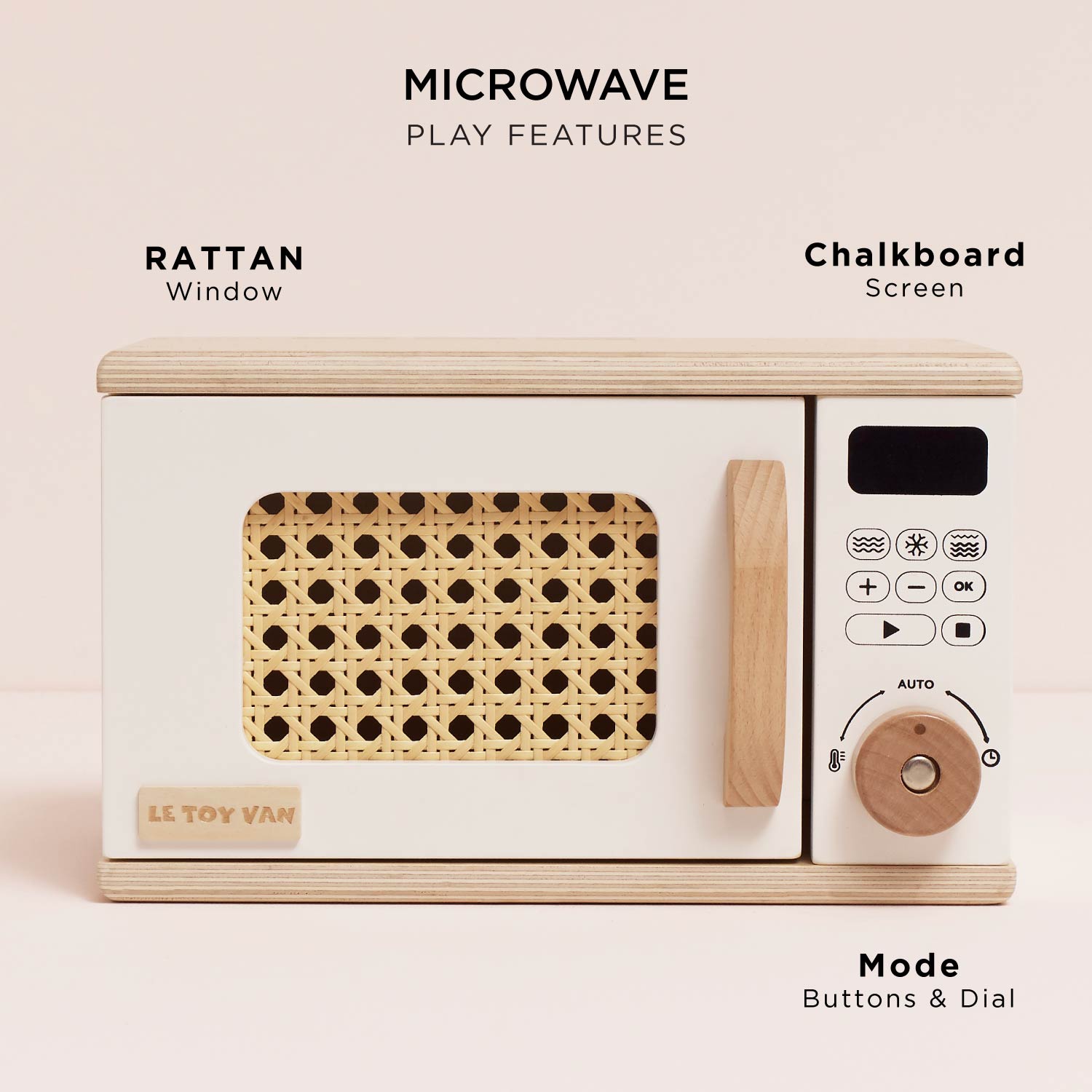
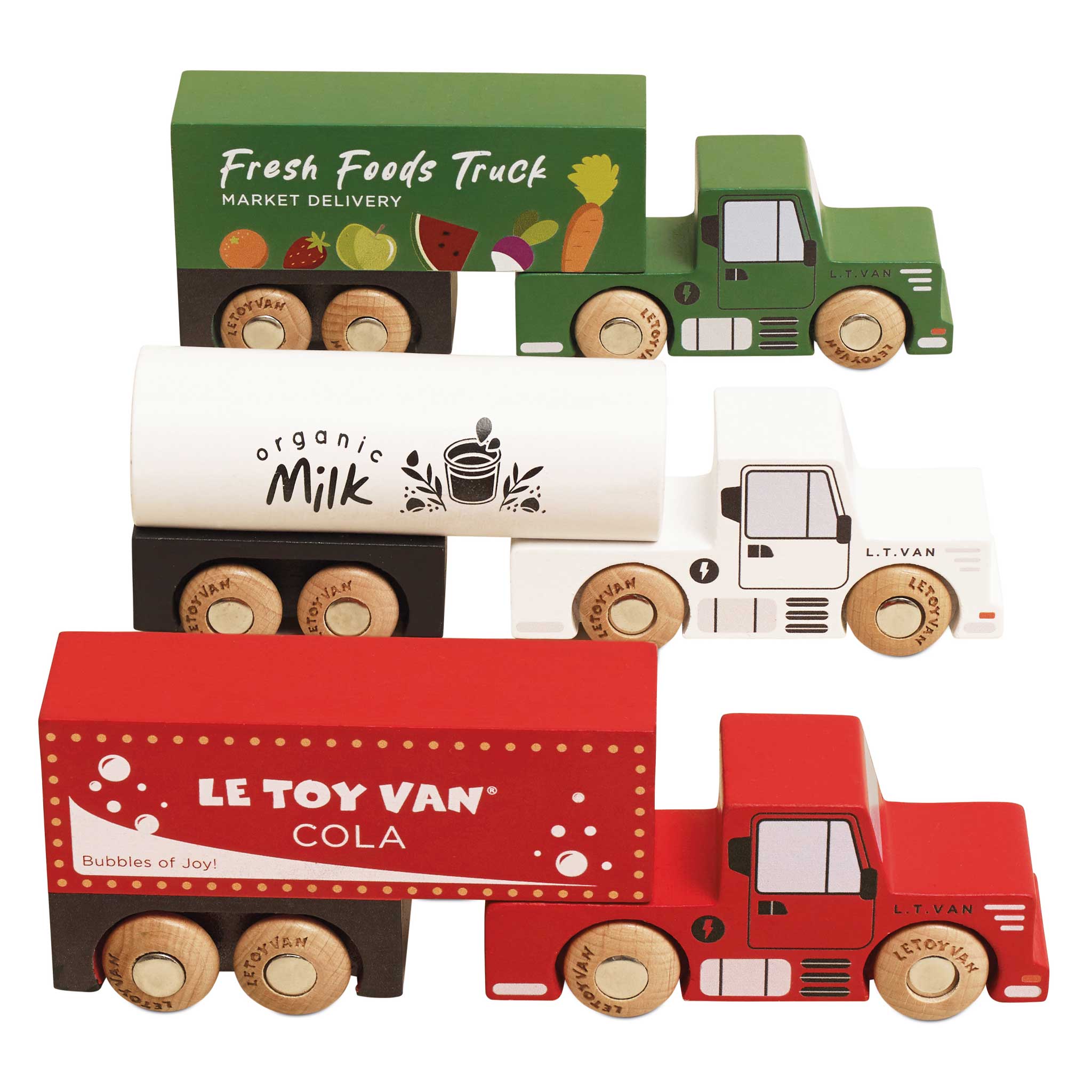
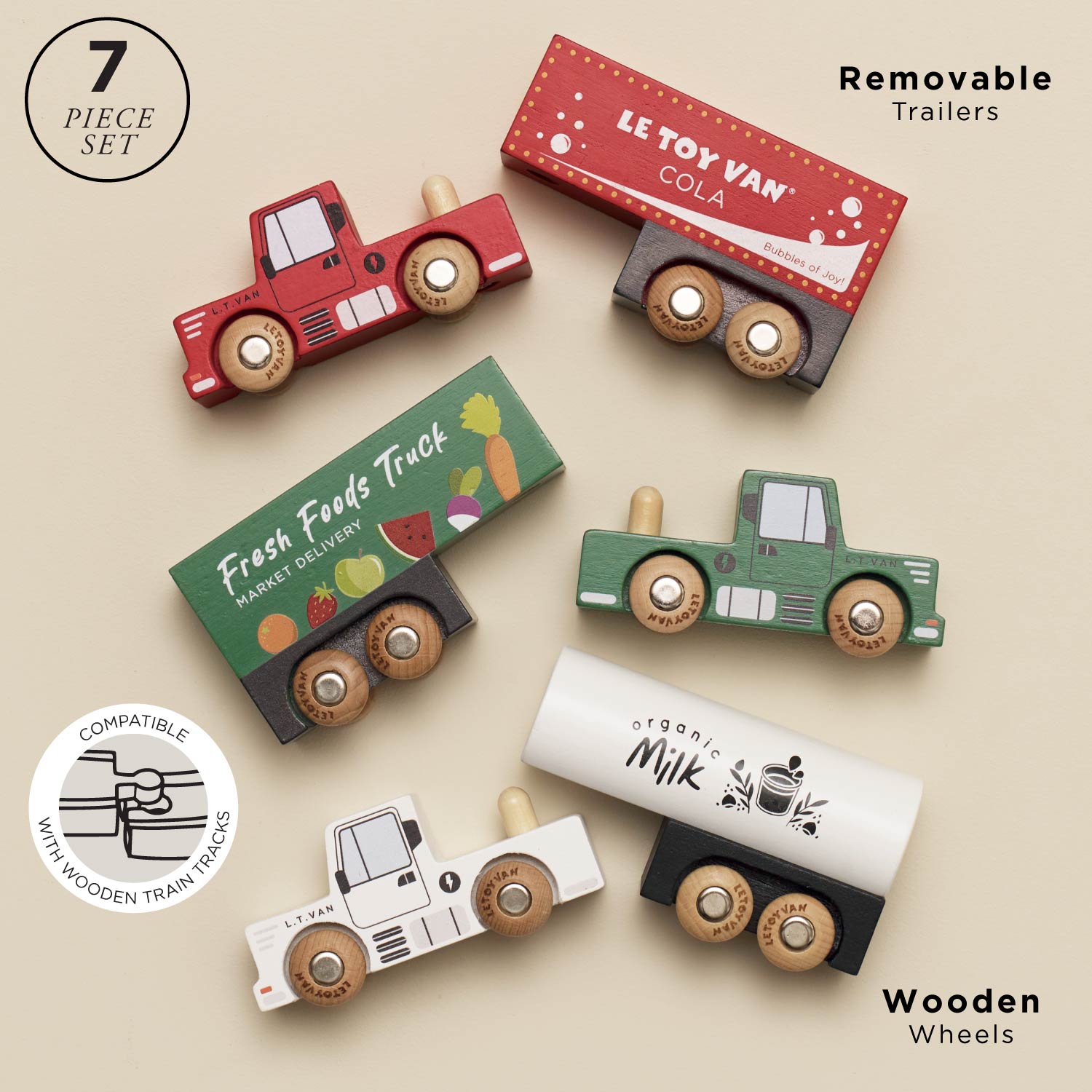



Share and get 15% off!
Simply share this product on one of the following social networks and you will unlock 15% off!